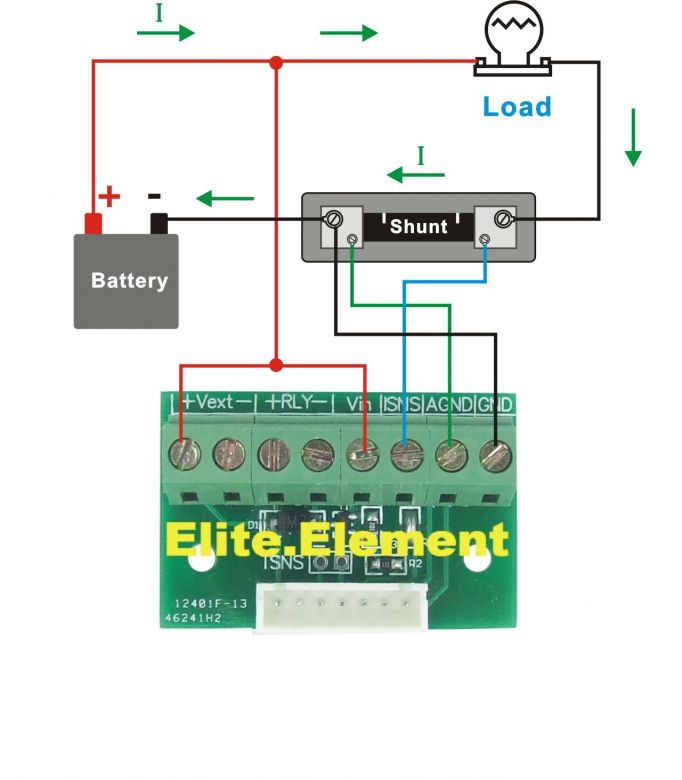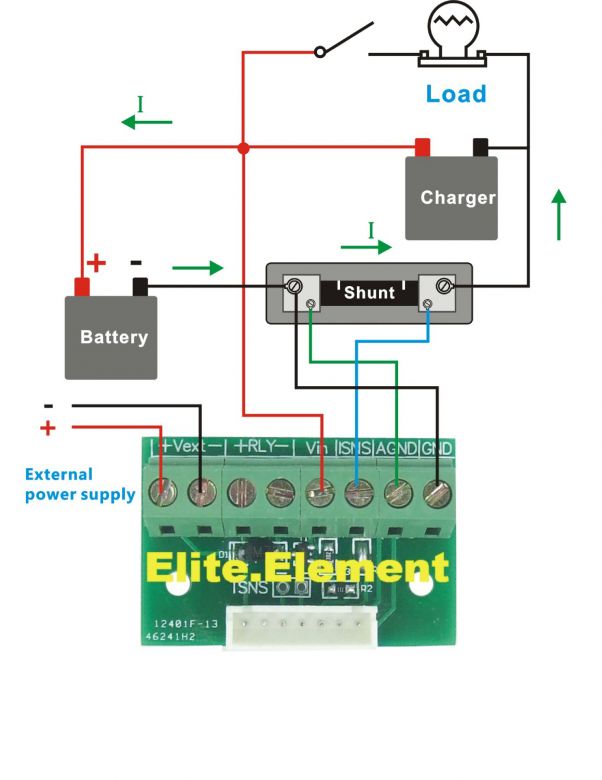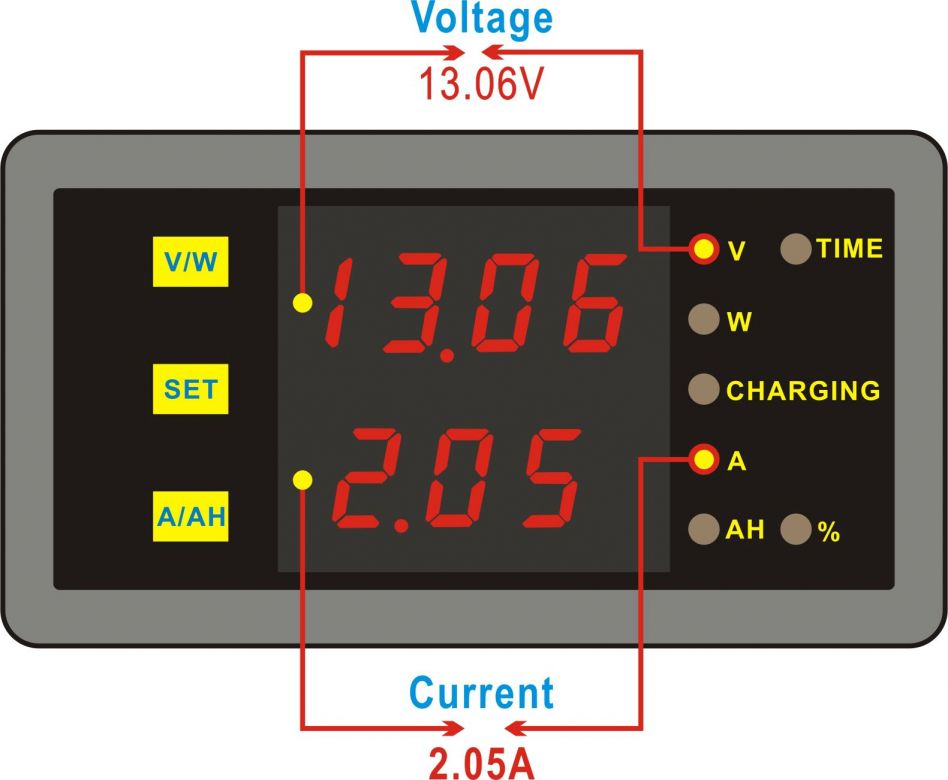IMO no not at all, the shunt is for the measure of the current flow. Pos or Neg, no difference except the sense wires are reversed depending on which you choose.Will it matter where I place the shunt in respect to the load?
In my house system with various Amp meters, shunts for calculations of input output etc, I have wired some on positive & some on negative as that is the most convenient position to reduce cable length.
All work excellently as they should.
Battery volts however is best measured at the battery or as close as possible. In the case of the vehicle you are not likely going to measure very far from the battery.
Hope that helps.





 Reply With Quote
Reply With Quote











Bookmarks